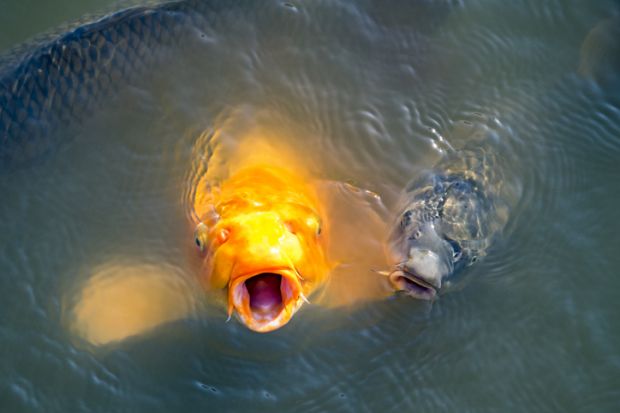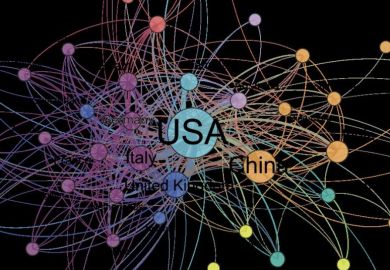China has massively expanded the amount of co-authored research it publishes with countries in Asia and the Middle East, a study has found.
The findings are being seen as a further sign that China is gaining on the US – for decades the leading nation in global research output – in the race to publish ever more papers.
“The analysis for all measures demonstrates a clear pattern for moving away from a single pole in global science,” said Yusuf Ikbal Oldac, a postdoctoral fellow at Lingnan University’s Institute of Policy Studies.
China is “moving up fast and gaining increasingly more” on the US science system, he noted.
Speaking at a seminar hosted by the Centre for Global Higher Education (CGHE), Dr Oldac shared his findings from a paper still under review, which compares collaborations between the two largest global science powers and a group of countries caught between them geographically and politically.
Using data from the Web of Science and Scopus, Dr Oldac examined co-authored papers for six Muslim-majority nations: Egypt, Iran, Malaysia, Pakistan, Saudi Arabia and Turkey.
Half of the countries studied saw their co-publications with Chinese authors rise by more than a factor of 30, while the other half witnessed an increase of more than a factor of 10, Dr Oldac found. By contrast, none of the countries reported more than a 10-fold increase in co-authored papers with US-based authors.
While collaborations between these countries and the US have grown in terms of the total number of papers published, the country has “gradually lost its place” relative to China, with which there has been an “exponential increase” in co-authored papers, he noted.
Although China’s closure to the world during the Covid pandemic could still curtail its collaborations, Dr Oldac said this had yet to transpire – possibly reflecting pre-existing cross-border relationships between scientists and a continued output of co-authored papers during the pandemic.
He predicted that scientific collaborations between the Muslim-majority nations and the US and China would continue to grow, though perhaps at a different pace.
“Currently, most of these countries do not collaborate with China at the expected level...they are not at their full potential now,” he said.
Simon Marginson, director of the CGHE and a professor in education at the University of Oxford, said public investment in science would continue to be a large factor in determining “who’s the fattest fish in the pond”.
Given that the US has maintained its science budget under the Democrats, there is “every likelihood” that it will remain “very strong” in the area, he believes.
“The only reason why US appears to be diminishing [its power] is simply…the growth [of] the other players,” he said.
Meanwhile, China’s investment in its research and development over the past couple of decades is still “pipelining through the system”, but a slowed economy could mean a dip in some grants and a somewhat more sluggish pace of scientific collaborations.
But regardless of how quickly either of the two big rivals advances relative to the other, the current China-US competition in science has the potential to reshape the global science system, said Professor Marginson.
“They’re both enormous fish…if they continue to decouple, potentially we are going to have two science systems developing in parallel rather than together.”
Register to continue
Why register?
- Registration is free and only takes a moment
- Once registered, you can read 3 articles a month
- Sign up for our newsletter
Subscribe
Or subscribe for unlimited access to:
- Unlimited access to news, views, insights & reviews
- Digital editions
- Digital access to THE’s university and college rankings analysis
Already registered or a current subscriber?








